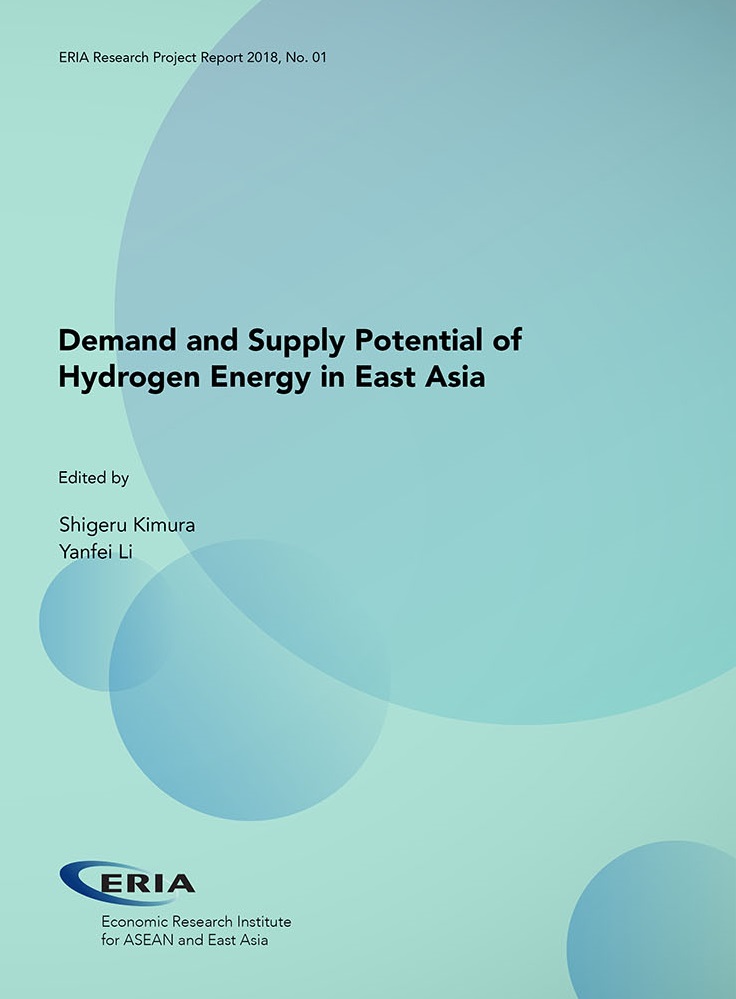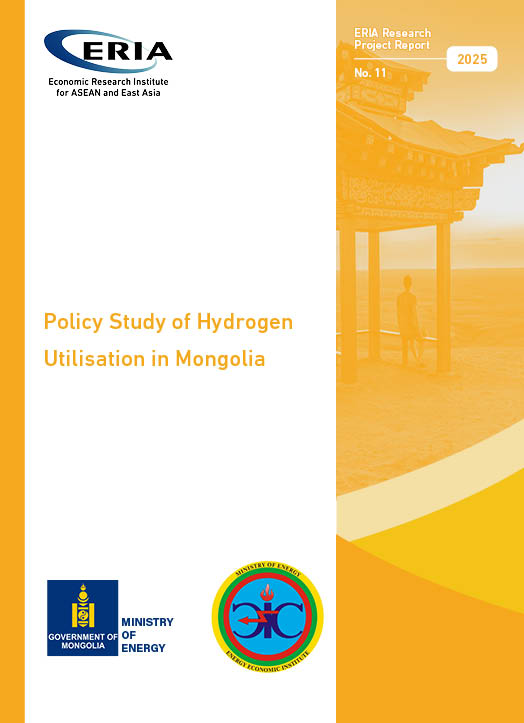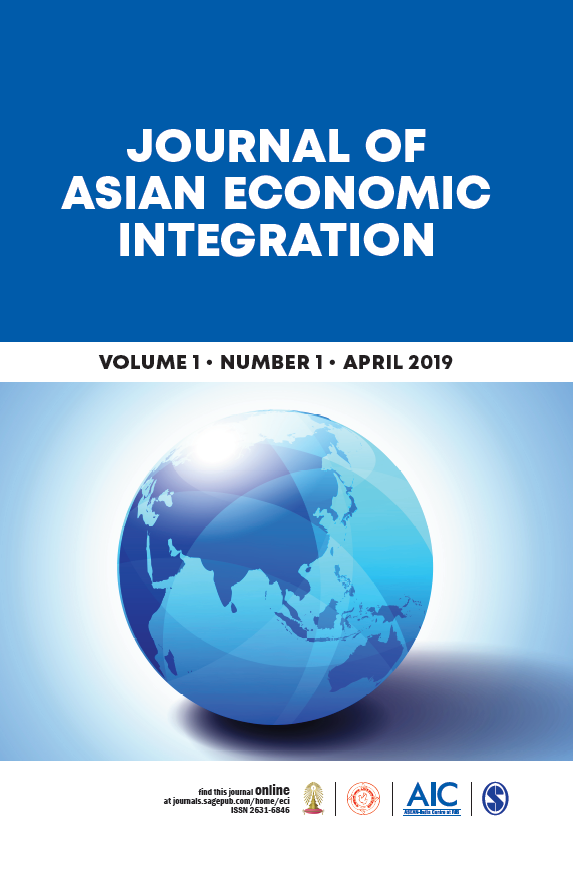Demand and Supply Potential of Hydrogen Energy in East Asia

Print Article:
Although hydrogen is currently used for industrial activities such as ammonia production or refining, it has great potential to become one of the clean energies of the future. Energy uses of hydrogen are: a) fuel for fuel cell vehicles in the road transport sector, b) fuel for power generation (starting from a mixture with natural gas shifting gradually to 100% hydrogen), and c) heating fuel for boilers and furnaces in the industrial sector.
Our hydrogen demand forecast suggests that in an optimistic scenario 2% of fossil fuels will have been replaced by hydrogen in 2040. This is equivalent to 104.7 Mote of demand for hydrogen in energy use and CO2 emissions are expected to fall by 2.7%.
This study forecasts that the cost of local supply chain will fall to 40–50 US dollar cents/Nm3 on average at dispensing stations by 2040. This will be close to the target for hydrogen becoming competitive against gasoline, which ranges from 30–40 US dollar cents/Nm3.
If groundbreaking technological developments in fuel cell vehicles, hydrogen power generation, and hydrogen supply were to be achieved, costs are expected to go down, resulting in the further benefits of an expansion of the hydrogen market and learning effects. Aggressive and environmentally friendly policies will certainly help to expedite the arrival of hydrogen as an important part in the transition to clean energy.
Full Report
Contents
Chapter 2. Hydrogen Policies in EAS Countries
Chapter 3. Estimation of Hydrogen Demand Potential in the East Asia Summit Region




